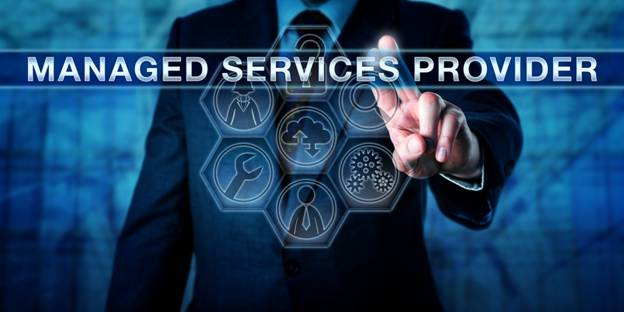Did you know that around 80 percent of IT companies offer managed services? If you do not understand what it means, fear not.
This guide will examine managed services. Why might a business use them? And the different types of managed services available for businesses.
That way, you can make your own informed decision about what might be best for your company.
Every business needs to choose support services. There are important questions to ask and considerations to be aware of whenever you are comparing services.
How do you discover the right choices? How do you ensure the service you’re getting is helping you grow your business rather than complicate things further?
The right-managed production can soften the blow of day-to-day operations. It can free you and your team to work on more ambitious projects. So, without further ado, let’s get started!
What is a Managed Service Provider?
An MSP is a type of managed service provider. MSPs are third-party companies that provide IT support and services to businesses on a subscription basis. MSPs typically offer a wide range of services, such as data backup and recovery, help desk support, managed IT services, and more.
MSPs can also help you save money on IT costs, as they often have economies of scale that allow them to offer discounts on hardware and software.
When choosing an MSP, it’s critical to find one that offers the services you need and has a good reputation. Be sure to read online reviews and ask for referrals from businesses that have used the best MSP tools in the past.
What are the Benefits of an MSP?
There are many benefits to using managed services, including:
- By using an external provider, businesses can save on recruiting and training staff
- They can deliver managed services more quickly and efficiently than in-house services
- Enterprises can choose the level and type of service they need and scale up or down as required
- Businesses can benefit from enhanced security and compliance by using an external provider.
What Are the Different Types of Managed Services?
If your business is growing, chances are you’re starting to feel the strain on your resources. You may be considering hiring more staff, but before you do anything that will affect your business, consider managed services.
Managed services are the practice of outsourcing the responsibility for maintaining and potentially improving the performance of an IT service or application. An external provider delivers the service, typically on a proactive and reactive basis and usually for a set fee. The scope of services can vary from monitoring and maintaining systems and facilities to managing entire data center operations on behalf of the customer.
There are different managed service provider examples, but they all have one thing in common: they will save you time and money. Here are some of the most popular types of managed services:
IT Infrastructure Management
There are different types of managed services used to help operate IT infrastructure. You can use these services to help manage and monitor networks, servers, and storage systems.
Different managed services provide many functions, but all can IT outsourcing services to a third party. The most common type of managed services is IT support, which includes help desk support, desktop support, and server support.
Other managed services include cloud computing, data backup, recovery, and software development. They can use it to help with security and compliance.
Application Management
There are many types of manage services, but application management is one of the most important. This service can include monitoring and maintaining software to provide user support.
It can be a vital part of keeping a business running smoothly, and a third-party company gives this. Some application management services can be very comprehensive, while others may only focus on a few specific tasks. It is critical to choose a service that will meet the needs of your business.
Desktop Management
A desktop management solution (DMS) is a managed service that helps organizations manage and secure desktop computers. You can deliver a DMS as a cloud-based service or an on-premises solution.
A DMS typically includes patch management, asset management, software deployment, and compliance management. Desktop management solutions can help organizations improve security, reduce IT costs, and boost productivity.
End-User Support
End-user support is the services provided to an organization’s users to help them use the IT systems. It can include help desk support, training, education, troubleshooting, and repairs.
The most common of these is helpdesk support. It is where an external provider will manage the organization’s helpdesk and help users when they have problems using the organization’s IT systems.
Other services they can provide with end-user support include training and education, troubleshooting and repairs, and data backups and disaster recovery. These services can be provided on a subscription basis or as part of a managed services agreement.
Know the Types of Managed Services Using this Guide
Managed services can be a great way to improve your company’s productivity and efficiency. There are many different types of managed services- IT infrastructure, application and desktop management, and end-user support. It is vital to choose the right one for your business.
A well-managed service provider will help you select the right services and tailor them to your needs. Contact a managed service provider today to learn more about how they can help you improve your business.
Are you looking for more great tips and information about your business? Check out our other articles!









